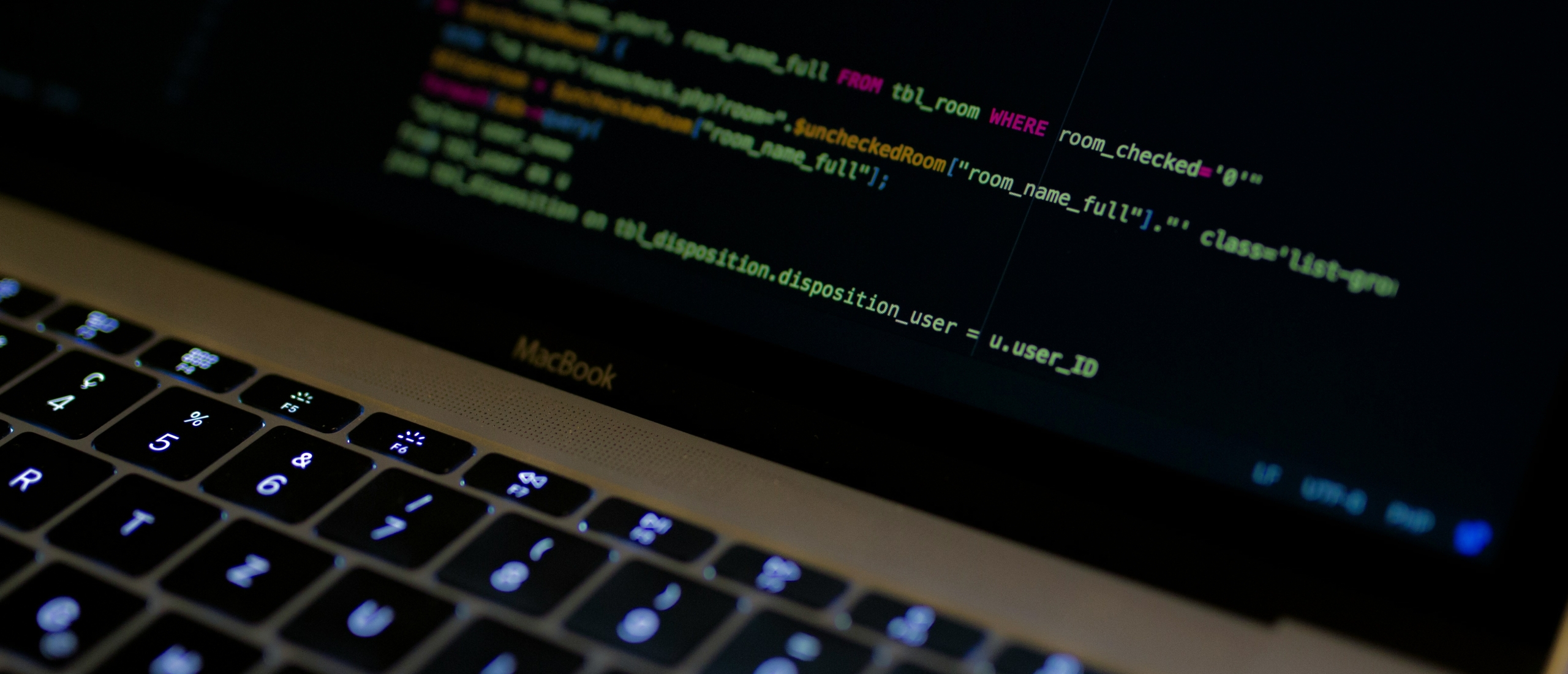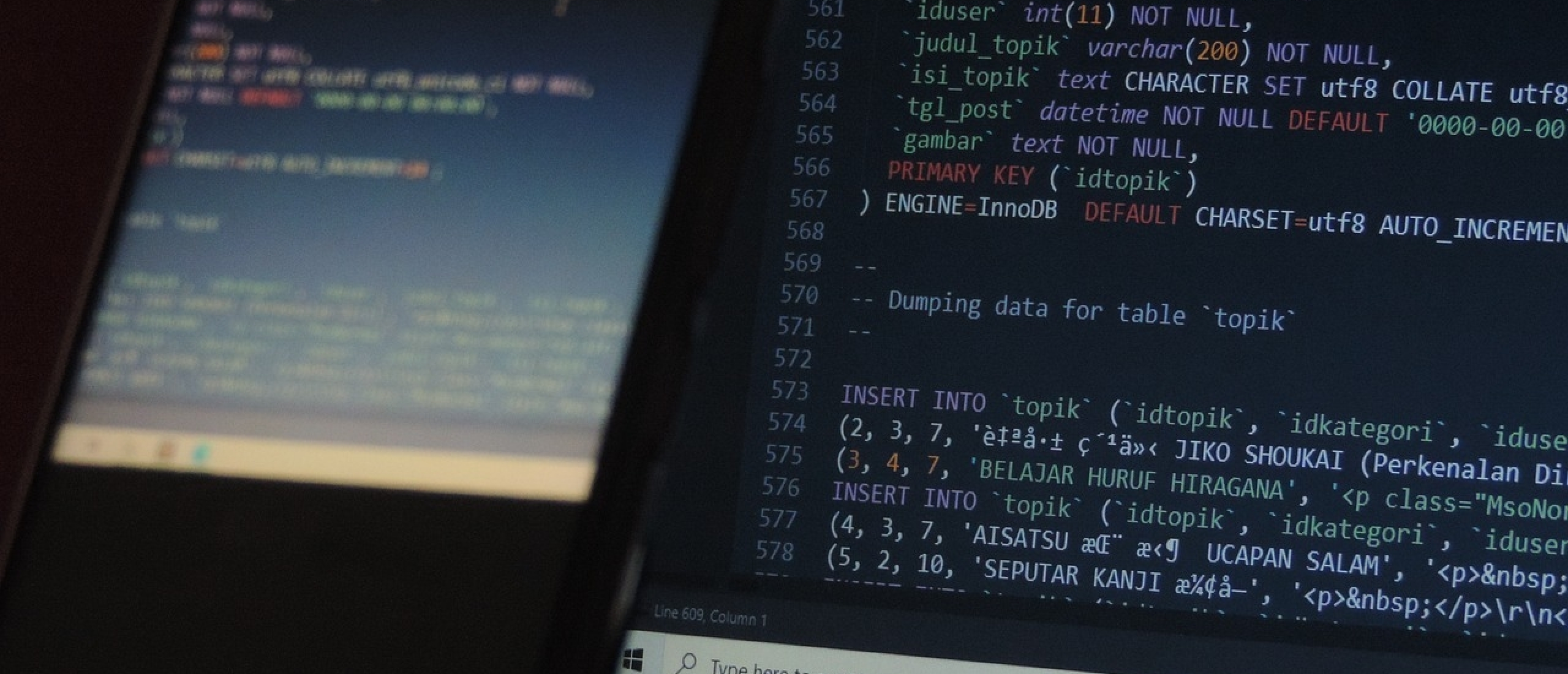
What is a SQL Server?
Microsoft SQL Server is a relational database management system (RDBMS). It supports a wide range of transaction processing, business intelligence and analytical applications in business IT environments. SQL stands for Structured Query Language, which is a programming language designed for specific databases. In this article we explain what you can do with SQL Server, which different versions are available, what's new compared to SQL Server 2017 and 2016 and what the hardware and software requirements are.
Why do companies use SQL Server?
Microsoft SQL Server has many applications in the business world. The most obvious is that the database is used to store and manage information. Companies that have sensitive customer information, such as personal information, credit card information and other confidential information, benefit from strong security with SQL Server. The system also allows data files to be shared between computers on the same network, a factor that increases reliability. SQL Server is also used to increase the speed at which data is processed so that large operations can be performed with ease. With the information stored in the database, companies have a reliable backup system.
The differences between SQL Server 2016, 2017 and 2019.
Below the most important features per version of SQL Server.
SQL Server 2016
Always Encrypted: The Always Encrypted feature protects data and enables the SQL Server to perform encrypted data operations so that the owners can protect their confidential data by using an encryption key. This feature ensures that your important data stored in the cloud-managed database remains encrypted and protected.
Dynamic Data Masking: This feature gives an unreadable version of your confidential data to some people and only allows authorized users to view it. It is mainly used for managing credit card information and similar databases.
Real-Time Operational Analytics: SQL 2016's real-time operational analytics prepares your system for optimal transactional performance and helps increase workload consistency by combining in-memory OLTP with in-memory columnstore.
SQL Server 2017
Windows, Linux, and Docker containers: You now have a choice of which operating systems to use to run your SQL Server 2017 instances.
Graph Database Capabilities: With the graph database feature in SQL Server 2017, you can now store and query complex relationships between nodes and entity edges more efficiently.
Automatic plan correction: Automatic plan correction ensures continuous performance by detecting and resolving performance losses.
SQL Server 2019
Big data clusters: This feature allows you to simultaneously deploy multiple, scalable clusters of SQL Server, Spark, and HDFS containers running on Kubernetes. The Big Data Cluster, as infrastructure, allows these clusters to work in parallel, where you can read, write, and process Big Data from Transact-SQL to Spark. It allows us to easily combine and analyze the high-quality relational data with large amounts of big data.
UTF-8 Support: SQL Server 2019 supports the very popular UTF-8 data encryption system. The UTF-8 character encoding is used when exporting, importing, and collecting data at the database level and at the column level. It is enabled when creating or changing the sort type for objects in object sort with UTF-8. It is supported for char and varchar data types.
Enhanced security: Since SQL Server is directly related to database management and procurement, one of the most important requirements is the security of the transactions and the data involved. The security for access to the SQL servers is managed by certificates. The new SQL Server 2019 security feature includes Certificate Management in SQL Server Configuration Manager (CTP 2.0). This certificate verifies secure access to SQL Server instances. Certificate management is now dedicated to SQL Server Configuration Manager, simplifying other tasks.
SQL Server 2022 is coming soon, be prepared and find out everything you want to know on our article devoted to SQL Server 2022!
Differences between SQL Server 2019 Standard and Enterprise
The table below shows that three major features have been added to the Enterprise variant of SQL Server 2019. The Enterprise variant has the three extra applications: Enterprise Data Management, more advanced security and ACBI.
SQL Server 2019 System Requirements
The hardware and software requirements are listed below:
Hardware
- AMD or Intel-based x64 processors (AMD Opteron, Phenom, AMD Athlon 64, Intel Xeon with native EM64T support
- Minimum 1 GB system memory (Standard & Enterprise). Recommended is 4 GB or more.
- CPU clock speed: x64 1.4 GHz or more. 2.0GHz is recommended.
- Data Quality Services requires an additional 2 GB of system memory to function optimally.
Software
- .NET edition 4.6.2 or later is required to run SQL Server 2019
- A full installation requires 6 GB of free disk space.
Read everything you need to know about SSIS here.
Interested in the new features of SQL Server 2022? Read more about it by clicking the link.
Buy cheap Microsoft SQL Server 2019 licenses
Are you looking for cheap Microsoft SQL Server licenses? Softtrader is a specialist in second-hand Microsoft licenses, which saves you up to 70% on the new price. Curious about the price? Request a quote or view the product page.
Do you have questions? Contact us!
For more information about which Microsoft software and licenses are best for you, please contact us. We are available from Monday to Friday from 9 a.m. to 5 p.m.











